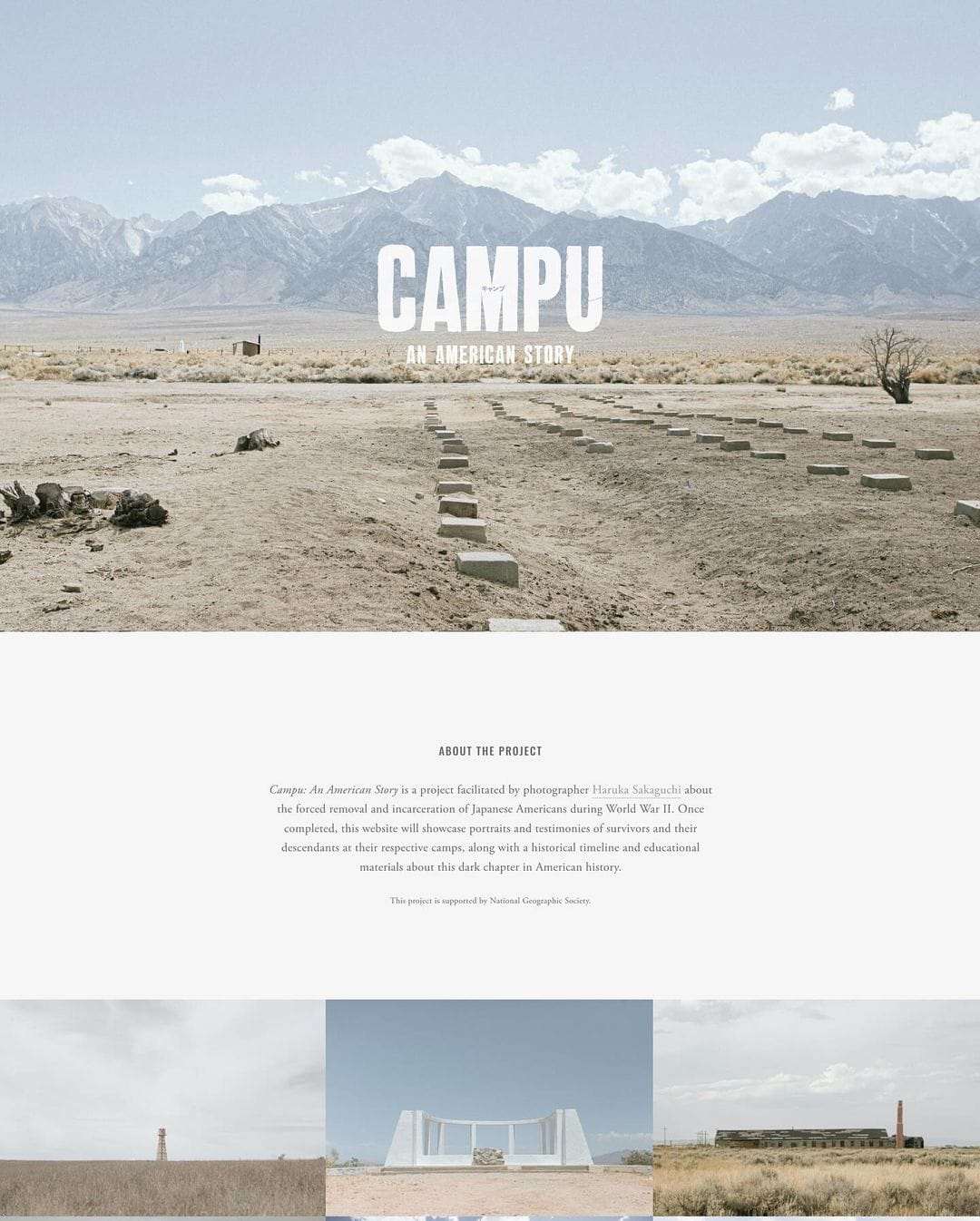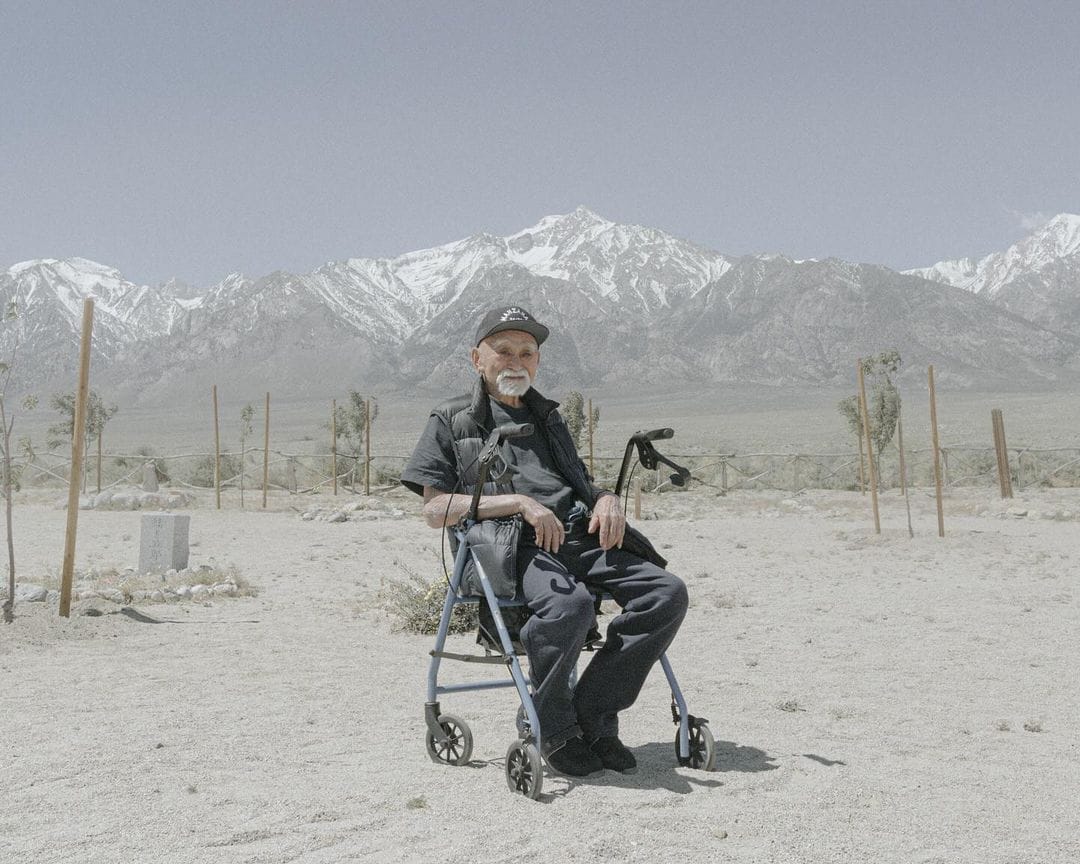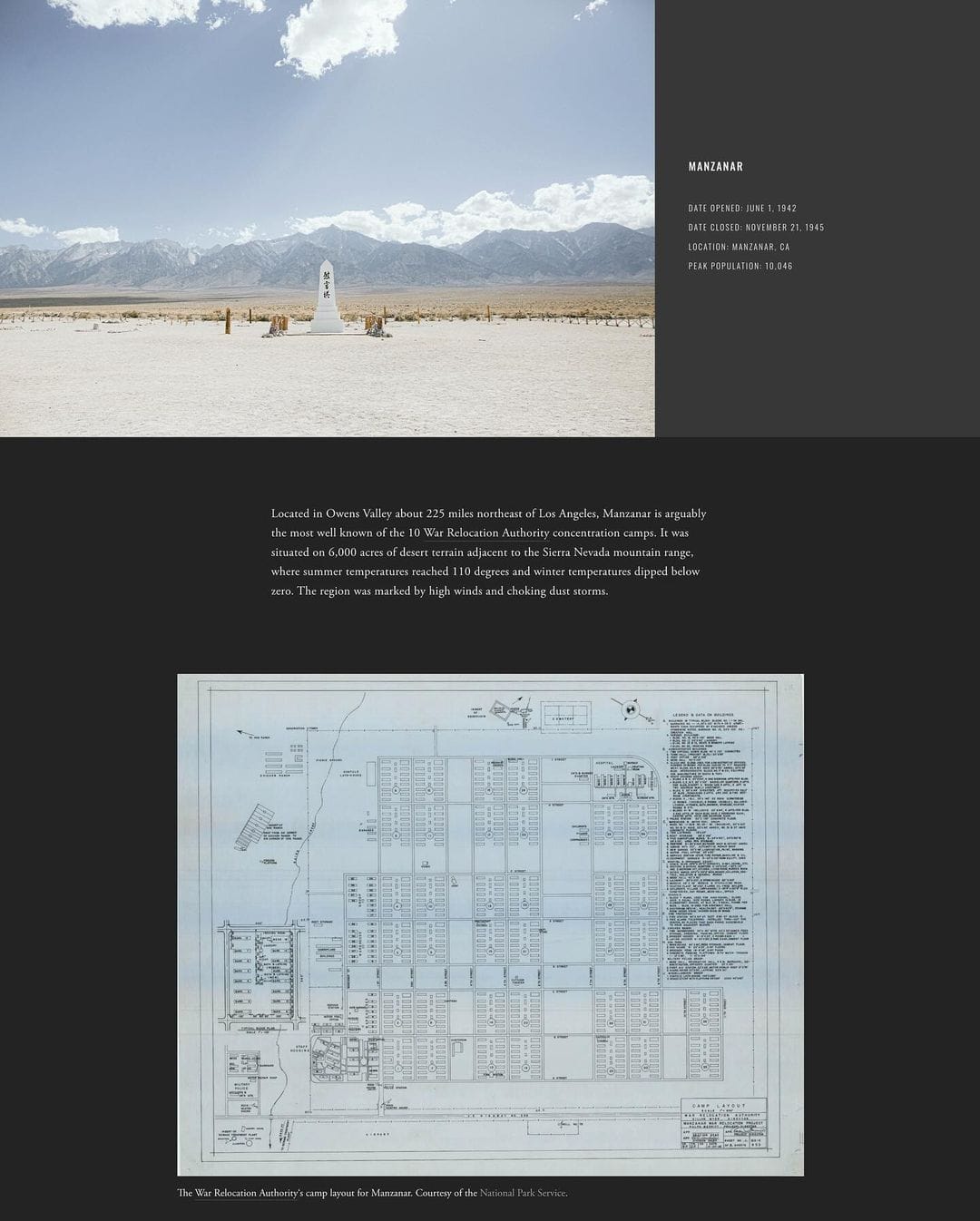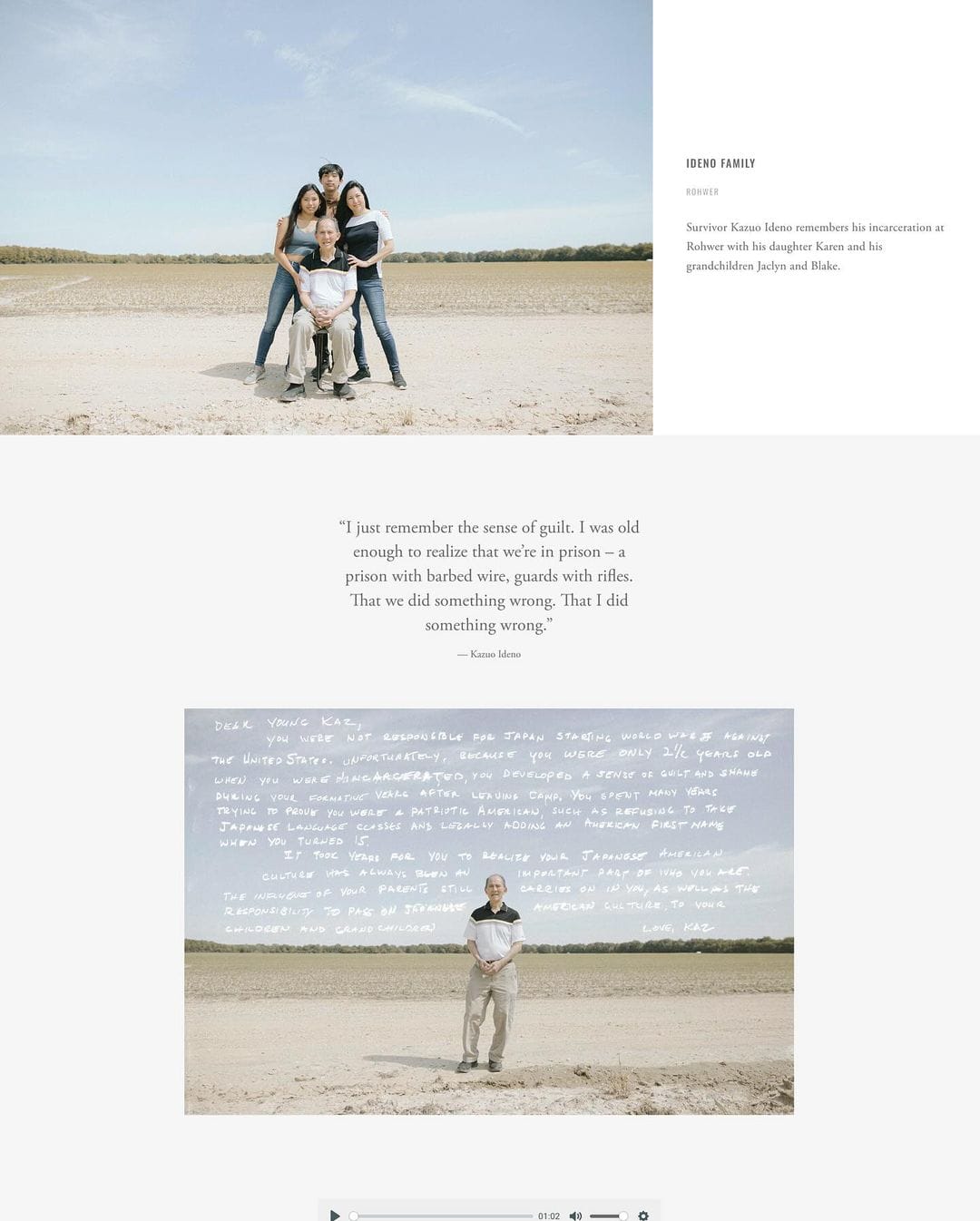For two years now, Japanese documentary photographer Haruka Sakaguchi has been working on a National Geographic Society project titled Campu: An American Story. The grant-funded series chronicles photographs, letters and audio recordings of the forgotten history of Japanese-Americans who were unfairly incarcerated during World War II.

The final project aims to help living family members reconcile their painful memories of the past, all while piecing together the otherwise forgotten history surrounding the War Relocation Authority (WRA) internment camps. Campu: An American Story by Haruka Sakaguchi is relevant to the United Nations Sustainable Development Goal of Peace, Justice, and Strong Institutions.

During the course of the project, Sakaguchi photographed all 10 of the WRA internment camps and photographed and interviewed over 80 survivors of the camps or their descendants. The project will be launched on 19 February 2025 as a website that will include survivor family profiles, camp profiles and a visual timeline showcasing key historical events that began at Pearl Harbor. It concludes with the Civil Liberties Act of 1988, which granted monetary compensation to living survivors or their descendants. A short photo essay or film created in partnership with National Geographic Society will also accompany the project.

One of the camps Sakaguchi has covered is Manzanar, which also happens to be the most well-known WRA facility. In April 2024, Sakaguchi also had the opportunity to attend the annual Manzanar Pilgrimage, held since 1969. There, she photographed Mo Nishida, who had been attending the pilgrimage from the very start. “… the Pilgrimage was a significant moment when Japanese Americans were galvanized behind a singular goal: to resist the racist policies that deprived their ancestors of their constitutional rights and to remember – so that America never forgets,” wrote Sakaguchi of the encounter.

Campu: An American Story by Haruka Sakaguchi is a powerful reminder of the injustices faced by Japanese-Americans during World War II, preserving their stories for future generations. By documenting the lives and memories of those affected by the War Relocation Authority's internment camps, Sakaguchi’s work challenges her viewers to confront this dark chapter in American history. Her project not only honours the resilience of those who endured these hardships but also underscored the importance of remembering these events to ensure such violations of human rights never occur again.
Find out more about Campu: An American Story and other pieces by Haruka Sakaguchi on her website www.harukasakaguchi.com or Instagram @hsakag.
